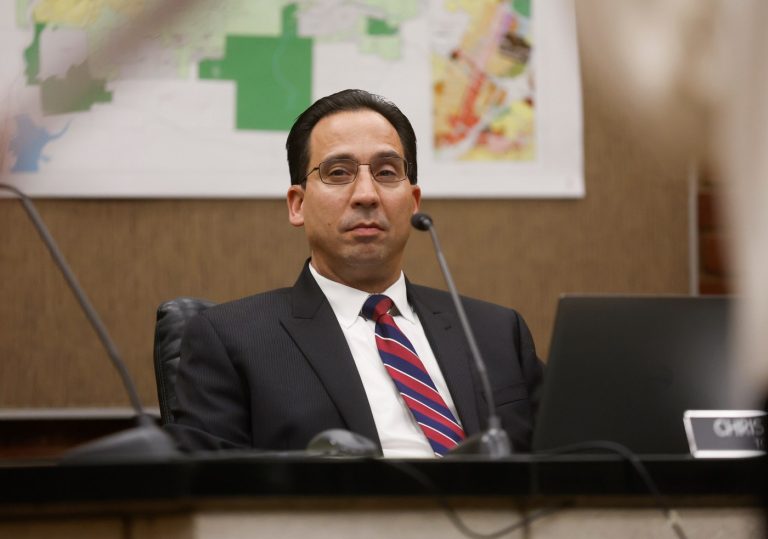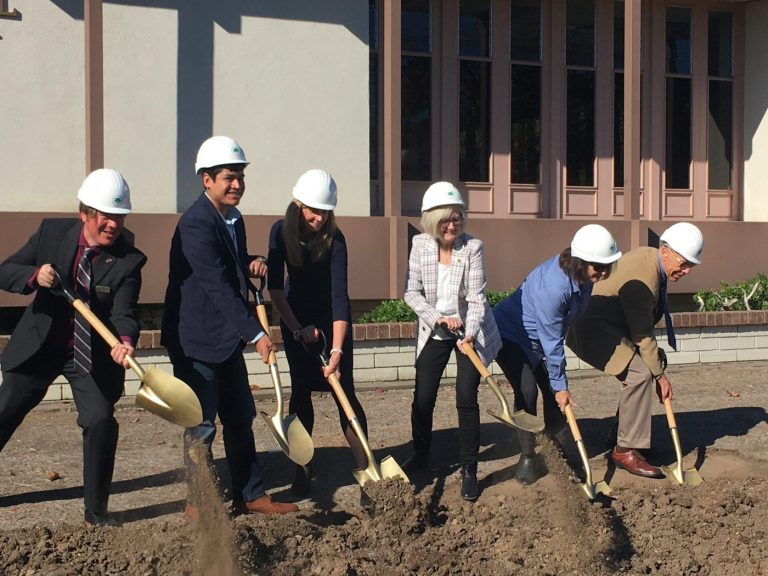California State Superintendent Tony Thurmond has unveiled a plan to build up to 2.3 million units of housing for teachers on surplus land owned by school districts across the state.
His goal is to address the teacher shortage and the affordable housing shortage by offering reasonably priced units to educators and staff who cannot afford to live where they work, Thurmond explained at a press conference on Tuesday, July 30.
The Los Angeles Unified School District is one of a handful of California school districts that has successfully built affordable housing for staff and educators. It offers 185 units across three developments and is currently examining eight potential sites for future housing projects.
“As stewards of the public trust, and a huge real estate portfolio, and public dollars, I’m a big believer in utilizing what we have for the public,” said LAUSD Board Member Nick Melvoin in an interview. “Taking the land that we have and the (housing) need that we face, and creating affordable housing for our workforce, just seems like a real no brainer.”
Thurmond agrees and wants to see this model scaled up and spread across California.
“While we are working on strategies to help increase educator pay, building educator housing helps districts work through staffing shortages that threaten the success of our students,” Thurmond said at Tuesday’s press conference. “We believe this effort is a critical solution for tacking the housing crisis, the educator shortage, and for providing key resources that will ultimately drive student success.”
A UC Berkeley study found that local educational agencies own about 750,000 acres of underutilized land, enough to accommodate Thurmond’s ambitious target of 2.3 million units. A significant portion of the surplus land is due to declining public school enrollment, which has led to the closing of buildings and school sites.
LAUSD was one of the first districts to successfully convert surplus land to housing.
It launched its Workforce Housing Initiative in 2008 and completed construction on three buildings between 2015 and 2018. However, it encountered many challenges in doing so, including bureaucratic delays for zoning changes and tough state requirements for affordable housing subsidies, Melvoin said.
Related Articles
Bay Area home prices up 6% from last year as wealthy buyers dominate housing market
California Department of Education plans to develop housing on school district-owned lands
More than half of US renters who want to buy a home fear they’ll never afford one
New homes won’t cure California’s housing affordability problems
Bay Area home search: Couple looks for a 3-bedroom under $1 million
Since then the district has struggled to get additional projects off the ground.
In 2021, former Superintendent Austin Beutner announced a plan to build 2,000 affordable units, but it was subsequently derailed by the combination of COVID, bureaucratic delays and the changing of superintendents, Melvoin said.
Change is in the air and revisions to state laws are making it easier for educator housing projects to move forward.
Previously, districts like LAUSD faced a problem in which their teachers made too much money to qualify for low-income housing units, but not enough money to afford to rent near their school sites. Now, state salary thresholds have been shifted to allow projects that cater to moderate income households–like teachers–to qualify for construction tax credits.
Since 2020, the state has made $500 million in tax credits available for affordable housing, including educator housing.
Related Articles
Bay Area home prices up 6% from last year as wealthy buyers dominate housing market
California Department of Education plans to develop housing on school district-owned lands
More than half of US renters who want to buy a home fear they’ll never afford one
New homes won’t cure California’s housing affordability problems
Bay Area home search: Couple looks for a 3-bedroom under $1 million
Another challenge that districts formerly faced was the fact that they had to go through a lengthy local rezoning process to change the land use from an educational purpose to a housing purpose. Then in 2022, the state legislature passed AB 2295, which allows staff housing to be built on any property owned by a school district without requiring the district to request zoning changes from city or county officials.
As a result of these legislative changes and the continued need for workforce housing, LAUSD is now moving forward with plans for eight new housing projects.
In May, the district launched a survey to study the housing needs of its staff and receive feedback on desired price points, locations and amenities. By the end of this year, they intend to issue “requests for proposals” for housing projects at all eight sites.
Thurmond is also moving full steam ahead with efforts to support districts who pursue similar projects across the state. He intends to gather education leaders and developers together for a housing summit on Aug. 14 to kickstart his new housing initiative.
“I’m grateful that the superintendent is creating a forum for best practices and avenues to do this. I think it is important and helpful,” said Melvoin. “L.A. Unified is big enough that we’ve done this and we have some of the expertise, but smaller districts will likely need technical assistance from the state.”












